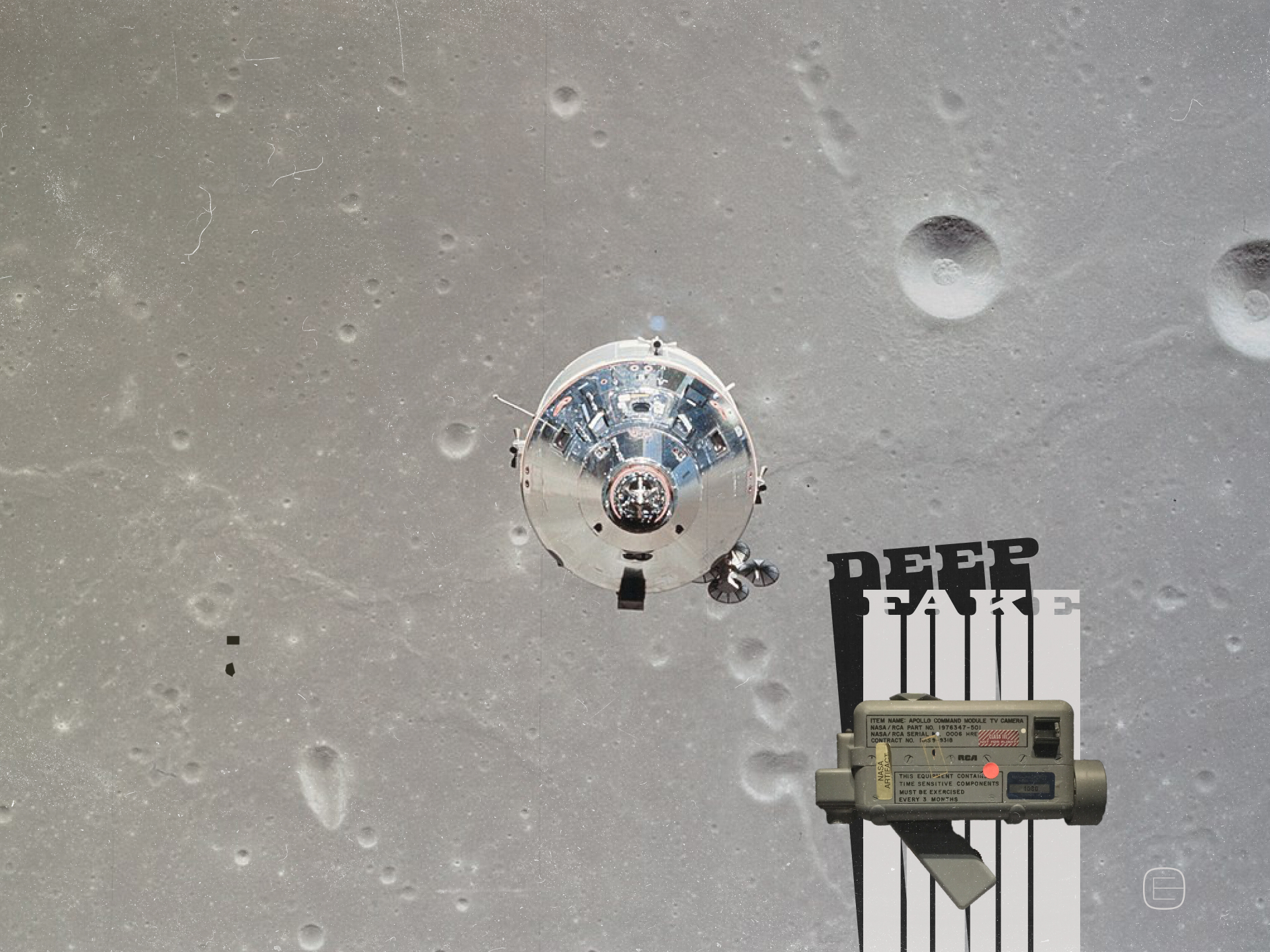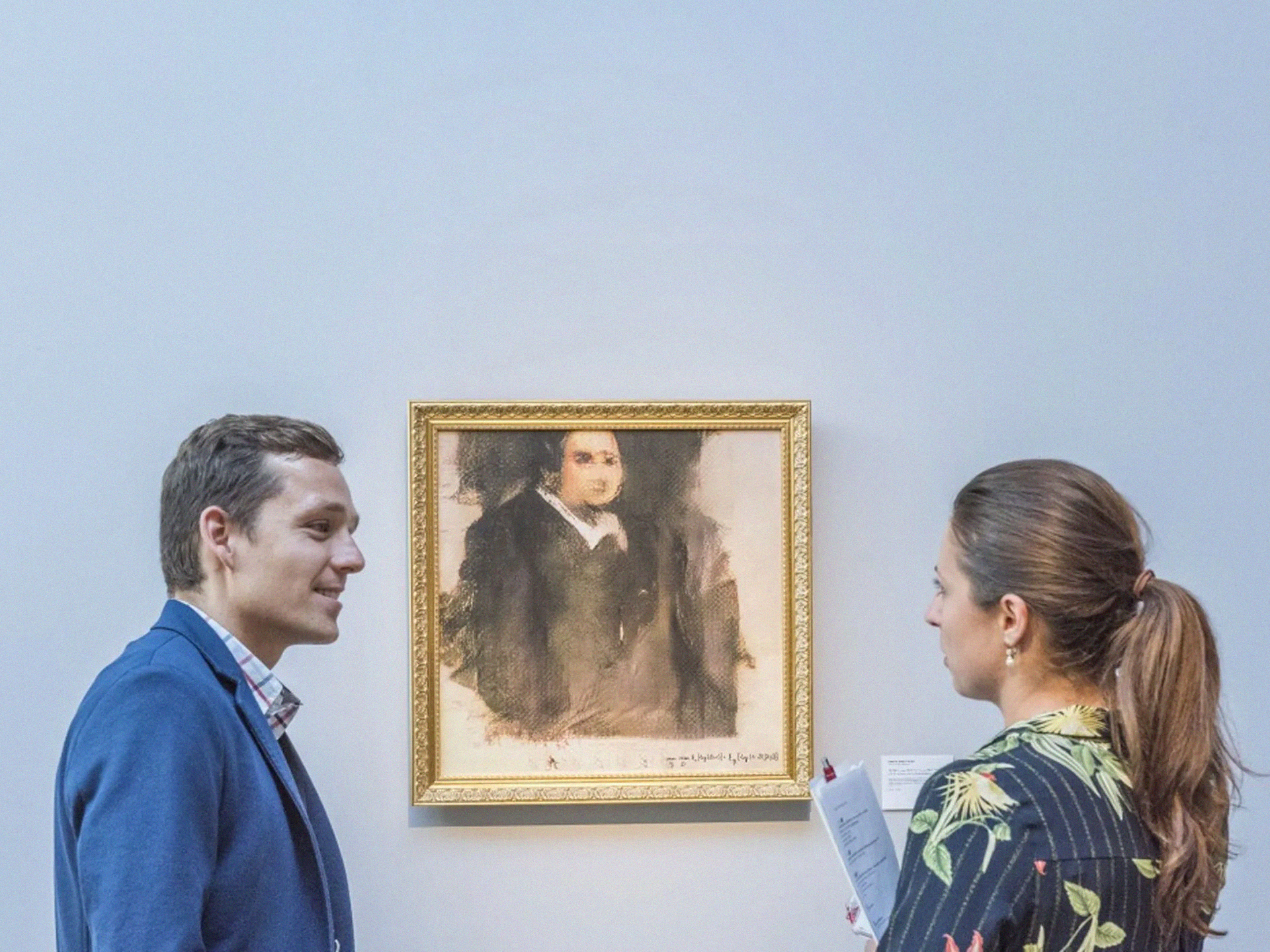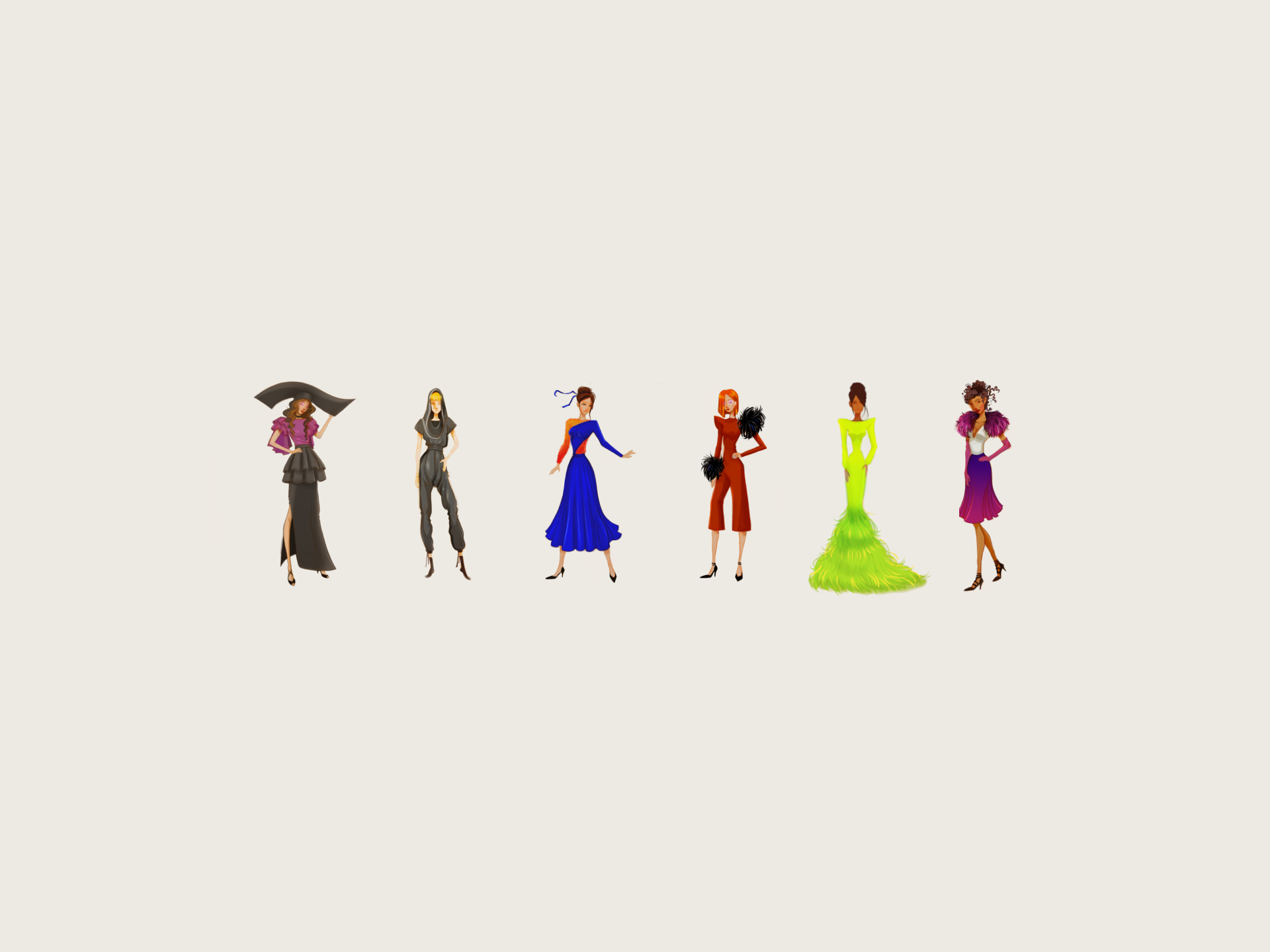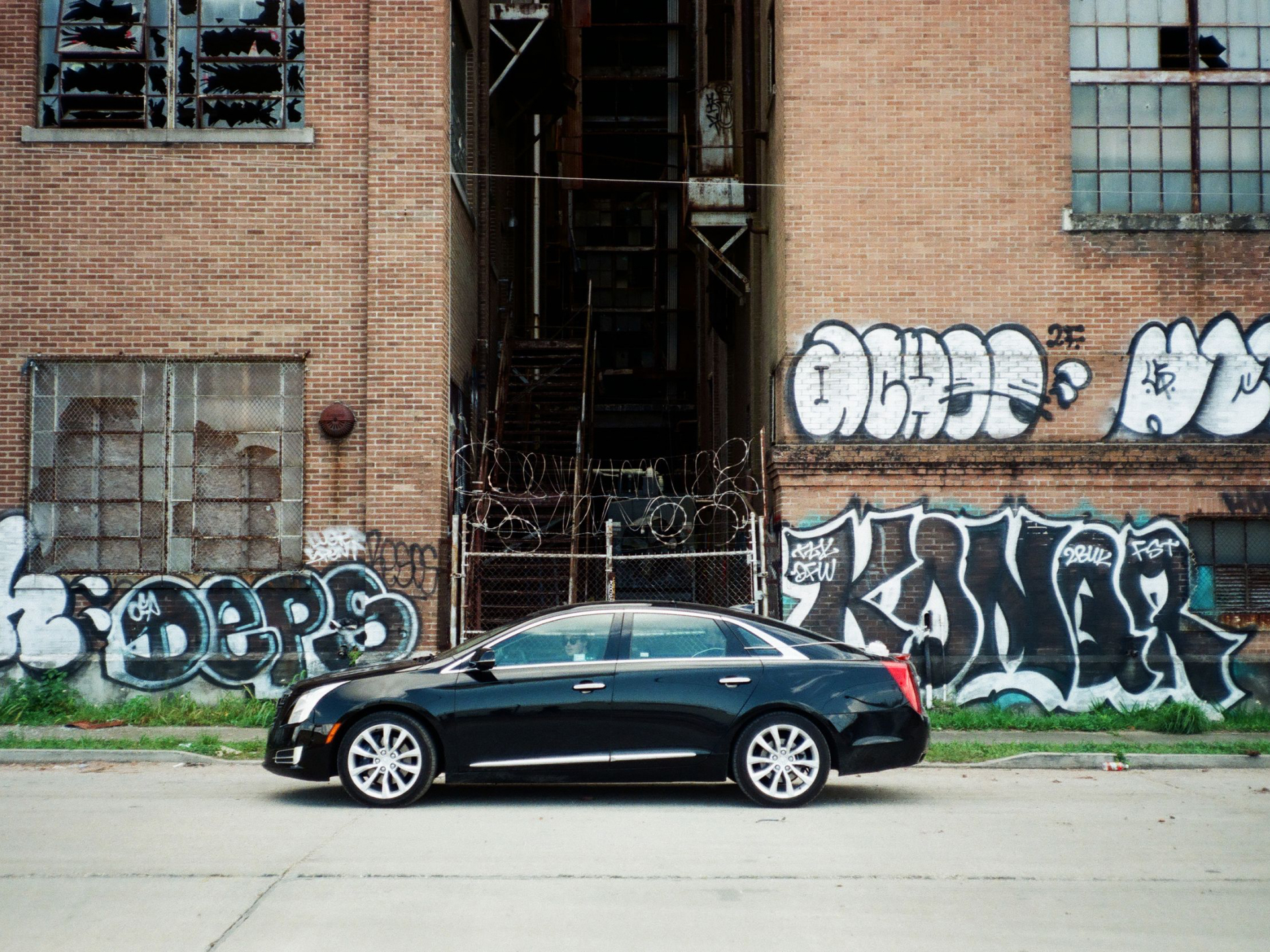Scientific American1 magazine produced a documentary film, “To Make a Deepfake,” on how an M.I.T.-led project, In Event of Moon Disaster, tells an alternate history of the Apollo 11 mission.
Back in the summer of 1969, there was a backup speech prepared for Nixon in case the Apollo 11 mission failed. Three days before launch, President Nixon’s speech writer, the legendary Bill Safire wrote:
To : H. R. Haldeman
From: Bill Safire July 18, 1969.
IN EVENT OF MOON DISASTER:
Fate has ordained that the men who went to the moon to explore in peace will stay on the moon to rest in peace.
These brave men, Neil Armstrong and Edwin Aldrin, know that there is no hope for their recovery. But they also know that there is hope for mankind in their sacrifice.
These two men are laying down their lives in mankind’s most noble goal: the search for truth and understanding.
They will be mourned by their families and friends; they will be mourned by their nation; they will be mourned by the people of the world; they will be mourned by a Mother Earth that dared send two of her sons into the unknown.
In their exploration, they stirred the people of the world to feel as one; in their sacrifice, they bind more tightly the brotherhood of man.
In ancient days, men looked at stars and saw their heroes in the constellations. In modern times, we do much the same, but our heroes are epic men of flesh and blood.
Others will follow, and surely find their way home. Man’s search will not be denied. But these men were the first, and they will remain the foremost in our hearts.
For every human being who looks up at the moon in the nights to come will know that there is some corner of another world that is forever mankind.
PRIOR TO THE PRESIDENT'S STATEMENT:
The President should telephone each of the widows-to-be.
AFTER THE PRESIDENT'S STATEMENT, AT THE POINT WHEN NASA ENDS COMMUNICATIONS WITH THE MEN:
A clergyman should adopt the same procedure as a burial at sea, commending their souls to “the deepest of the deep.” concluding with the Lord's Prayer.
The team at M.I.T.2 used this speech and available deep learning technology to synthesize an entirely fake news narrative around this, until-now, unused speech. I think the results are convincing, in a fascinating and frightening way. The grainy look and feel one would expect from a newsreel from 1969 contributes to the convincing nature of the synthetic elements. But, wow, Nixon comes back to life in front of my eyes!
It reminds me of back in the mid-90s discovering what Photoshop 2.5 could do with an image. I mean, no layers yet, which is really hard to believe, but my initial brush with Photoshop was indeed pure magic. I suppose this is the new version of that magical feeling.
It’s easy to imagine many nefarious ways to weaponize deepfake videos. One of the lasting bits that made an impression on me was a comment Boston University Law Professor Danielle Citron made regarding the stance one takes on deepfakes. How do we deal with them, do we ban them? She illustrates with a metaphor—a kitchen knife.
A knife is really safe and wonderful when you use it in the kitchen to cut up a chicken you’re going to roast but it’s actually a problem when you use it to stab someone.
—Danielle Citron
A lot of these projects do a great job of illustrating new concepts and technologies, which isn’t always an easy task. I think the logical next step would be to better educate readers on how deal with the incoming deepfakes. How to we become more “media savvy,” for lack of a better term? Though all communication demands a degree of critical thinking, video and film are arguably the most effective in conveying a message. Maybe because it hits two of our senses, sight and sound, or possibly due to the passive manner in which we consume it—it’s the laziest media to consume. Sure, there’s a policy angle too, but corporations and governments have thus far been inconsistent, or negligent, in addressing the matter. In many cases, these bureaucracies are the actual perpetrators. I’d put more stock into empowering people with the tools to understand what’s going on in front of their eyeballs, I’m just wondering where the tools are. Oh, wait, they’re here:

To bring it back to a happy place, the project was exhibited in a few cities, including Amsterdam. The press kit features an image of a re-created late-1960s living room which is dyn-o-mite!
- DelViscio, Jeffery. “A Nixon Deepfake, a ‘Moon Disaster’ Speech and an Information Ecosystem at Risk.” Scientific American, 20 Feb. 2024, www.scientificamerican.com/video/a‑nixon-deepfake-a-moon-disaster-speech-and-an-information-ecosystem-at-risk1/. ↩︎
- Burgund, Francesca Panetta and Halsey. “In Event of Moon Disaster — Home.” In Event of Moon Disaster, moondisaster.org. ↩︎




You must be logged in to post a comment.